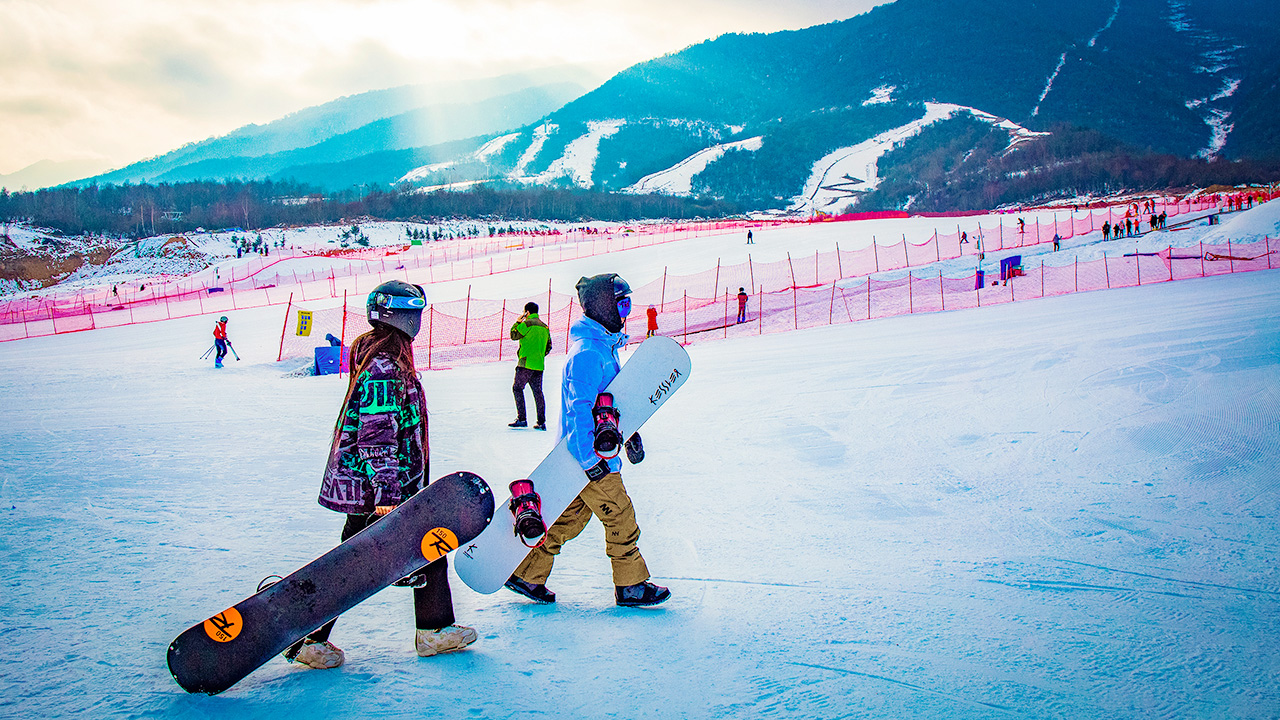Key Takeaways
- The China Tourism Academy released a report on January 5 outlining the state of the country’s “Ice and Snow” travel economy.
- The winter tourism industry is recovering from an estimated $37 billion in losses suffered over 2020.
- The report predicts domestic travelers will make 230 million trips to “ice and snow” locations across 2021.
In the battle to host the 2022 Winter Olympics, China’s main competitor, Kazakhstan’s capital city of Almaty, made its slogan “real snow, real winter ambience, real winter games” — a blunt verbal snowball lobbed at its southern neighbor. The point being that Beijing lacked the climate, culture, or pedigree to host the world’s foremost winter sport event.
Beijing prevailed and set about executing the infrastructure projects with the clear-eyed efficiency synonymous with its economic boom over the past three decades. Think five-year plans, ski resorts realized in months not years, and new networks of high-speed rail lines. Winter sports culture, however, has proven harder to build. Middle-class enthusiasts have typically opted for Alpine and Japanese adventures, but the curtailment of outbound travel by COVID-19 might be a catalyst for nascent industry, according to a report released by the China Tourism Academy on January 5.
The report, conducted by the Beijing-based entity that acts as a research arm of China’s main tourism administration, outlines the state of the country’s winter sports industry in the wake of a damaging year. Locked down on the cusp of the weeklong Lunar New Year festival, China’s busiest travel period, tourist numbers dropped 130 million year-on-year causing losses in the region of $37 billion, drops of roughly 60 percent.
Domestic travel began to recover as China gained control of the pandemic and the broader tourism industry is cautiously hopeful that with international destinations off the table, Chinese tourists will continue to explore new domestic destinations and experiences. The report believes Q3 travel momentum will continue across 2021 with 230 million winter location trips predicted. If correct, it could generate upwards of $60 billion in spending.
The estimated surge will reflect broader trends in Chinese domestic travel, namely short-term, small-group, and local in nature. According to the report, intra-province travelers make up 60 percent of those making winter destinations and nearly half of travelers take trips of two to three days. In terms of group size, government policy and traveler health concerns have dramatically hampered large group operations; a third are family trips, with an additional 20 percent comprised of solo travelers.
Two long-term goals surrounding Chinese winter destinations of note from the report are: growing the reputation of China’s industry internationally and developing destinations into year-round attractions.
Next year’s Winter Olympics should help address these issues. First, the global spotlight will generate unprecedented attention and potentially, interest in Chinese slopes and rinks. Next, the further development of these facilities, promised as part of the bid and ensuing government winter sport-related policies, will likely offer a blueprint for stakeholders nationwide to follow.



